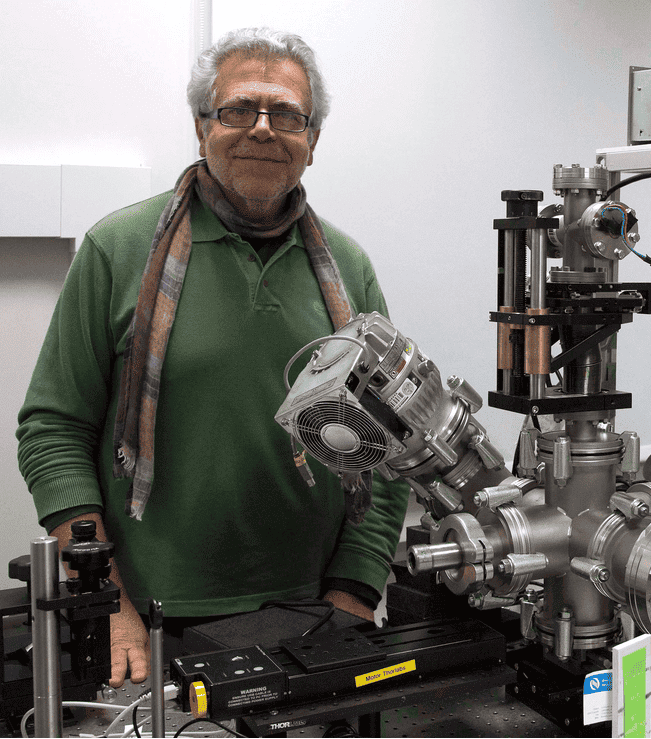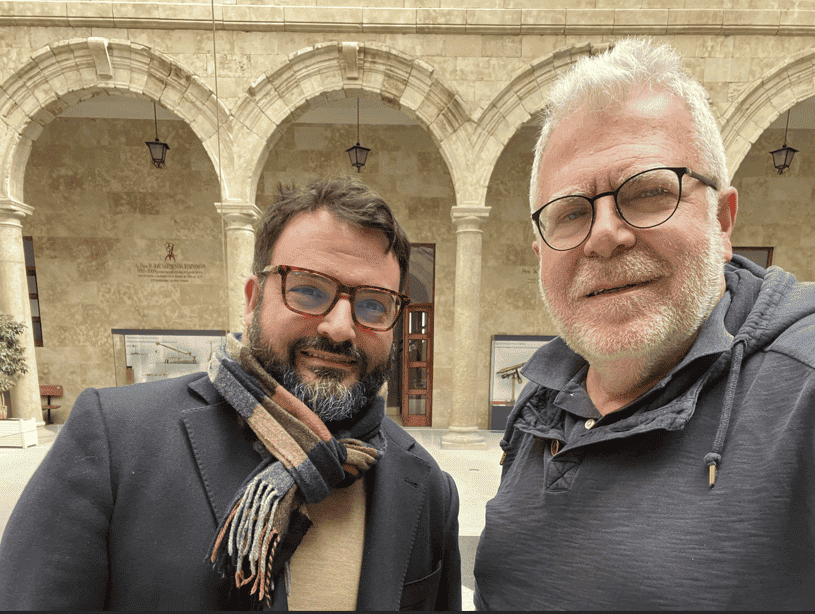Professor Luis Roso (Barcelona, 1955)
He earned his PhD from the Autonomous University of Barcelona with the thesis “Contribution to the theoretical analysis of three-level systems saturated by intense standing waves. Application to intracavity laser spectroscopy.” 1982. Supervised by Dr. Ramón Corbalán.
After earning his bachelor’s degrees in Physics and Mathematics (simultaneously) from the University of Barcelona in 1977, at the age of 21, I became interested in Quantum Optics and joined Ramón Corbalán’s group at the Autonomous University of Barcelona.
There I was fortunate to work in a young and very enthusiastic group, where I completed my doctoral thesis in 1981. I continued working in this group, becoming a Full Professor in early 1985. Just before that, I received a Fulbright Scholarship to the University of Rochester (NY), one of the world’s pioneering centers of optics. It was there that I became interested in ultra-intense lasers.
Prof. Roso worked in JH Eberly’s group, a group close to G Mourou and D Strickland, and coincided with the start of CPA (Chirped Pulse Amplification) technology, a technology for which Strickland and Mourou won the Nobel Prize in Physics in 2018. Since 1986 I have dedicated myself uninterruptedly to intense lasers (coinciding with some stages of work on cold atoms). After obtaining a Professorship at the University of Salamanca in 1991, I moved there with the aim of setting up an experimental group in CPA lasers.


After various research projects to prepare the subject and establishing the appropriate international collaborations, in March 2003 a terawatt-class CPA laser was installed – under my direction – (the first laser of this type operating in Spain and certainly the most powerful laser in the country at that time). Since 2003, Spain’s most powerful laser has been under my responsibility, first at the University (20 terawatts in 2007) and then at the CLPU (200 terawatts in 2013 and one petawatt in 2017). Launching an experimental physics group in Salamanca from scratch, reaching the petawatt level and the first laser accelerators in our country, is an achievement I am very pleased with. In 2022, I will step down as Director of the CLPU, a center I promoted.
Since 2020, I have been a Corresponding Academician of the Royal Academy of Sciences and Arts of Barcelona.
I have been awarded eight six-year research grants (one of which is a transfer grant).